Description
Woodward 9905-971 – Load Sharing & Speed Control for Engine and Generator Sets
The Woodward 9905-971 is part of the trusted 2301-series load sharing and speed control family, used widely on prime movers driving generators, pumps, and compressors. From my experience, it’s the kind of controller you pick when you need steady isochronous speed regulation and smooth load sharing across paralleled gensets without overcomplicating the panel. It’s a clean, analog-centric design that typically runs on 24 Vdc and works with a magnetic pickup for speed sensing and a proportional current output to a Woodward actuator.
You might notice that customers choose the 9905-971 when they want proven reliability and quick commissioning. It seems to be a sweet spot for retrofit jobs: straightforward wiring, clear adjustments, and predictable behavior in droop or isochronous modes. In many cases, this control pairs with Woodward EG-series actuators and a standard MPU, keeping the bill of materials simple and serviceable.
Order Placement Process and Guarantees
- Warranty: 365 days
- Lead time: 1 week if in stock; no more than one month at the latest
- Payment: 50% advance payment; full balance before delivery
- Express delivery: FedEx, UPS, DHL
Key Features
- Isochronous or droop speed control: Maintains steady frequency under varying loads or enables stable load sharing in paralleled systems.
- Load sharing capability: Balances kW sharing between gensets via the standard load sharing line, reducing circulating currents and fuel wastage.
- Proportional actuator drive: Current output (commonly 0–200 mA) for Woodward electric actuators, allowing smooth and repeatable throttle control.
- MPU speed sensing: Accepts a magnetic pickup for accurate speed feedback from the prime mover.
- Analog speed/reference inputs: Works with common analog references (including potentiometer or 4–20 mA variants by model), making retrofits easier.
- Rugged industrial design: Typically 24 Vdc powered and built for cabinet mounting in engine, marine, and power generation environments.
Technical Specifications
| Brand / Model | Woodward 9905-971 (2301-series Load Sharing & Speed Control) |
| HS Code | 9032.89 (Automatic regulating or controlling instruments and apparatus) |
| Power Requirements | 24 Vdc nominal, typically 18–32 Vdc |
| Operating Temperature | –40 to +70 °C (typical rating for this series) |
| Signal Input / Output | MPU speed input; analog load sharing line; actuator current output (commonly up to 200 mA); analog speed reference (potentiometer or 4–20 mA, model-dependent) |
| Communication Interfaces | None (analog control and adjustments on the unit) |
| Installation Method | Panel/cabinet mounting; terminal wiring to MPU, actuator, and sharing line |
Application Fields
The 9905-971 suits both new builds and retrofits where analog, dependable speed control is preferred:
- Paralleled diesel or gas generator sets requiring kW load sharing and tight frequency control
- Industrial engines on pumps and compressors needing droop control for process stability
- Marine auxiliary gensets where simple, serviceable controls are valued by onboard crews
- Oil & gas, mining, and utilities sites aiming for rugged, low-complexity governors
A maintenance supervisor from a power rental fleet told us the analog layout is easier for their techs—adjustments are immediate and drift is minimal once the panel is stabilized. That quick familiarity tends to shorten commissioning windows.
Advantages & Value
- Reliability under real-world conditions: Stable control behavior helps avoid nuisance trips and load bumps during synchronization.
- Compatibility with proven actuators: Works with Woodward proportional actuators (e.g., EG-series), simplifying spare parts and support.
- Lower lifecycle cost: Simple wiring and field-adjustable settings reduce commissioning time and future service costs.
- Supportability: Widely used across industries; technicians are typically familiar with the 2301-series approach.
Installation & Maintenance
- Cabinet & environment: Mount in a clean, dry control cabinet with adequate ventilation. Avoid high vibration and direct engine heat sources.
- Wiring practices: Use shielded twisted pairs for MPU and analog lines; ground shields at one end only. Keep actuator and power wiring separate from low-level signal lines.
- Actuator setup: Calibrate the current output to the actuator as per the datasheet; set droop/isochronous and gain carefully to eliminate hunting.
- Routine checks: Inspect terminal tightness, clean dust, and verify speed setpoint and sharing settings during scheduled services.
- Spare strategy: Keeping a spare MPU and actuator on hand typically minimizes downtime after mechanical incidents.
Quality & Certifications
- CE marking for applicable directives (typical for this product family)
- UL/cUL recognition (model-dependent)
- RoHS-compliant designs commonly available in the series
- Manufactured under ISO 9001 quality systems
- Standard warranty: 365 days
Commonly Paired Components
- Magnetic pickup speed sensors (engine flywheel)
- Woodward proportional actuators (e.g., EG-series) sized to the engine fuel system
- Load sharing lines and CT/PT interfaces when used in generator paralleling applications
If you’re matching the 9905-971 to an existing actuator or alternator setup, share your actuator model and MPU details. One thing I appreciate is how predictable these controls are once the gain and droop are dialed in—you typically get fast stability without chasing settings across start-stop cycles.

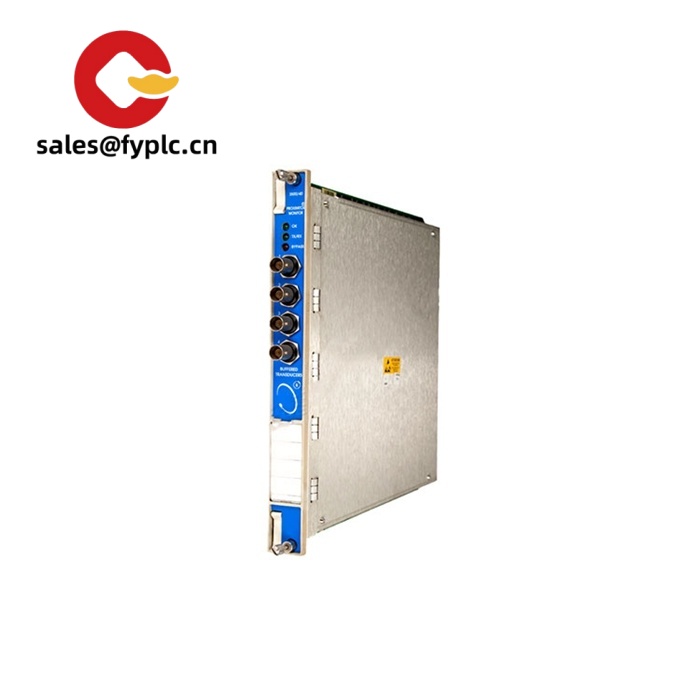



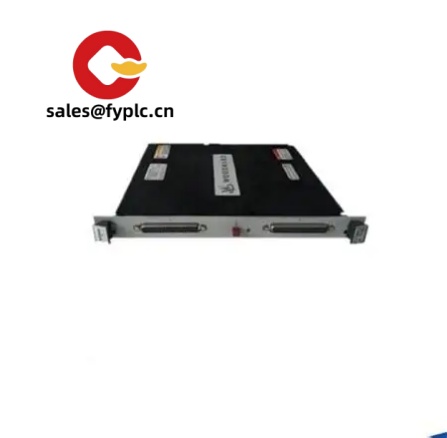

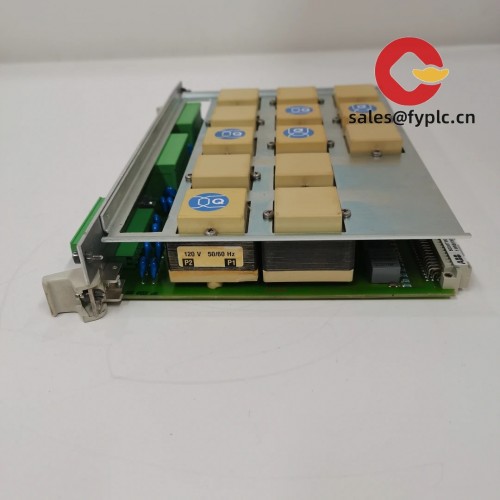
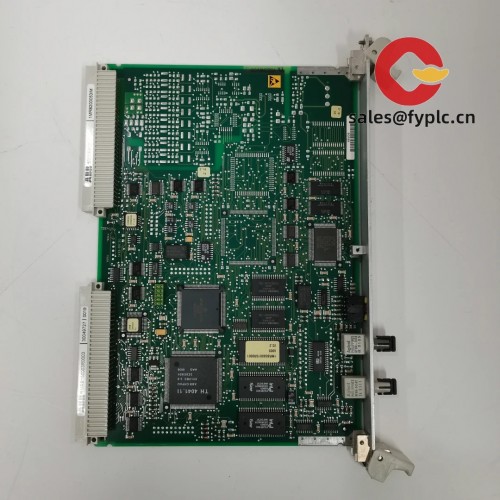
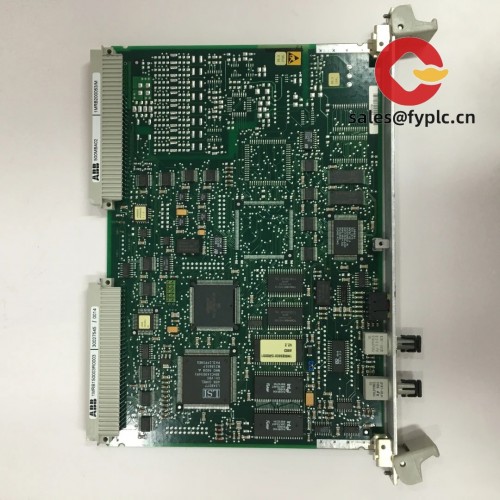
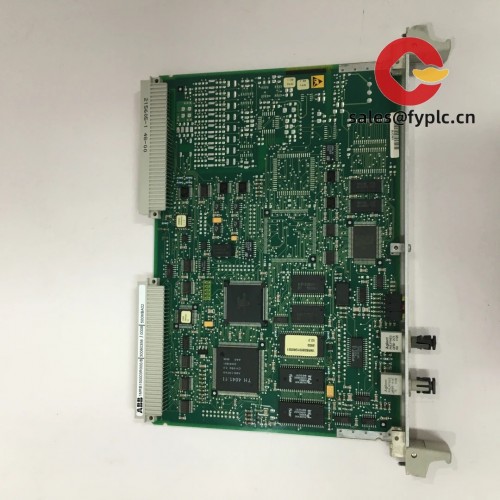
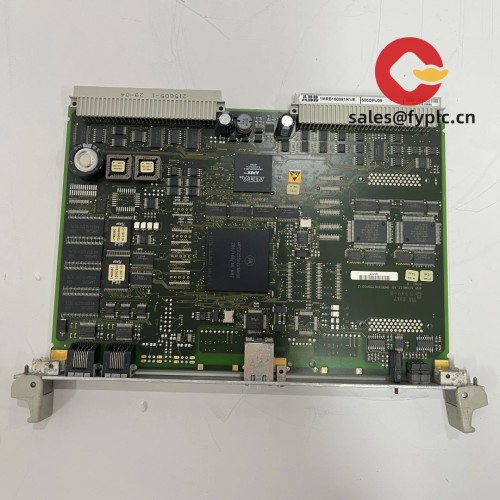


Reviews
There are no reviews yet.